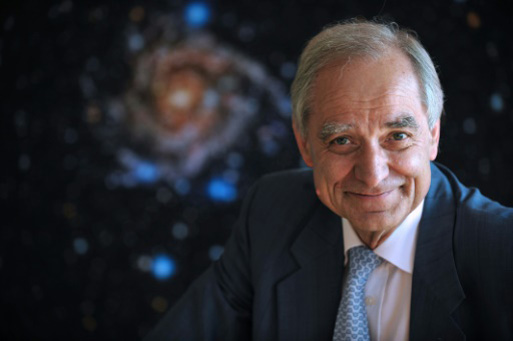Key Takeaways:
“He was a brilliant character… extraordinarily warm, profound and authentic, great scholar and also a storyteller, a writer,” said Jacob, who was close to Brahic.
An expert on the solar system, in 1984 he launched a program that led to the discovery, with US astronomer William Hubbard, of the rings around the gaseous planet Neptune.
French President Francois Hollande in a statement hailed a great mind “who knew how to make simple the mysteries of the sky.”
He described him as a great teacher “whose books and comments allowed us to voyage through space.”
Born into a modest family in Nazi-occupied Paris in 1942, Brahic was initiated into astrophysics after the war by Evry Schatzman, considered the father of the discipline in France.
In the 1980s, Brahic became a specialist in exploring our solar system with the help of the NASA Voyager and later US-Europe Cassini unmanned missions, which continue to this day.
He was an astrophysicist at the Commission for Atomic Energy and Alternative Energies (CEA) and a professor at the University of Paris.
It was his interest in Saturn and its rings that led him to launch his Neptune research.
Neptune’s outermost ring is divided into three arcs to which Brahic gave the names Liberte, Fraternite and Egalite.
In 1990, an asteroid, number 3488, was named Brahic in his honor.
Keen on bringing astrophysics to a wider public, Brahic wrote several books. His last book “Worlds Elsewhere; Are We Alone” was published last year by Odile Jacob.










